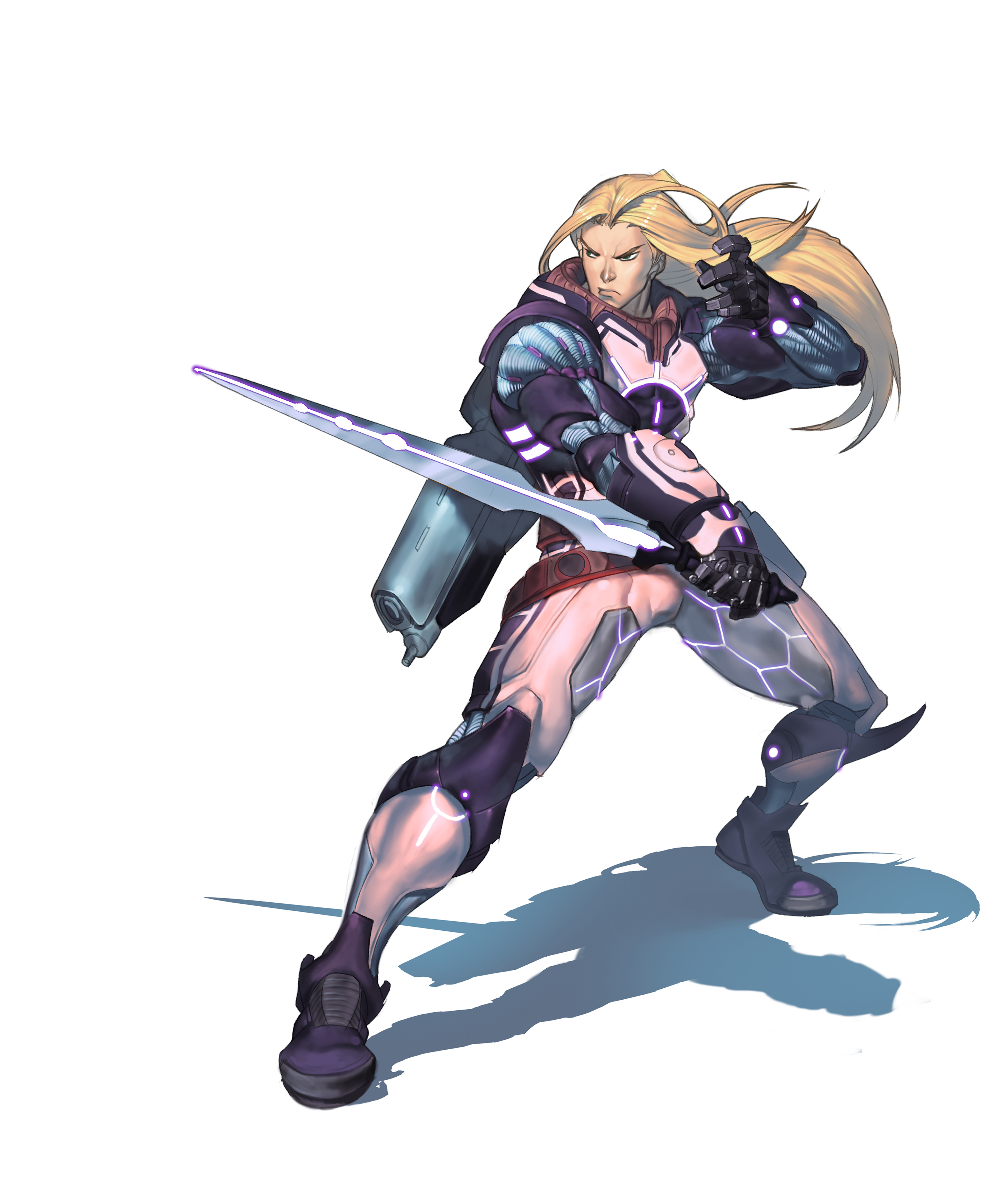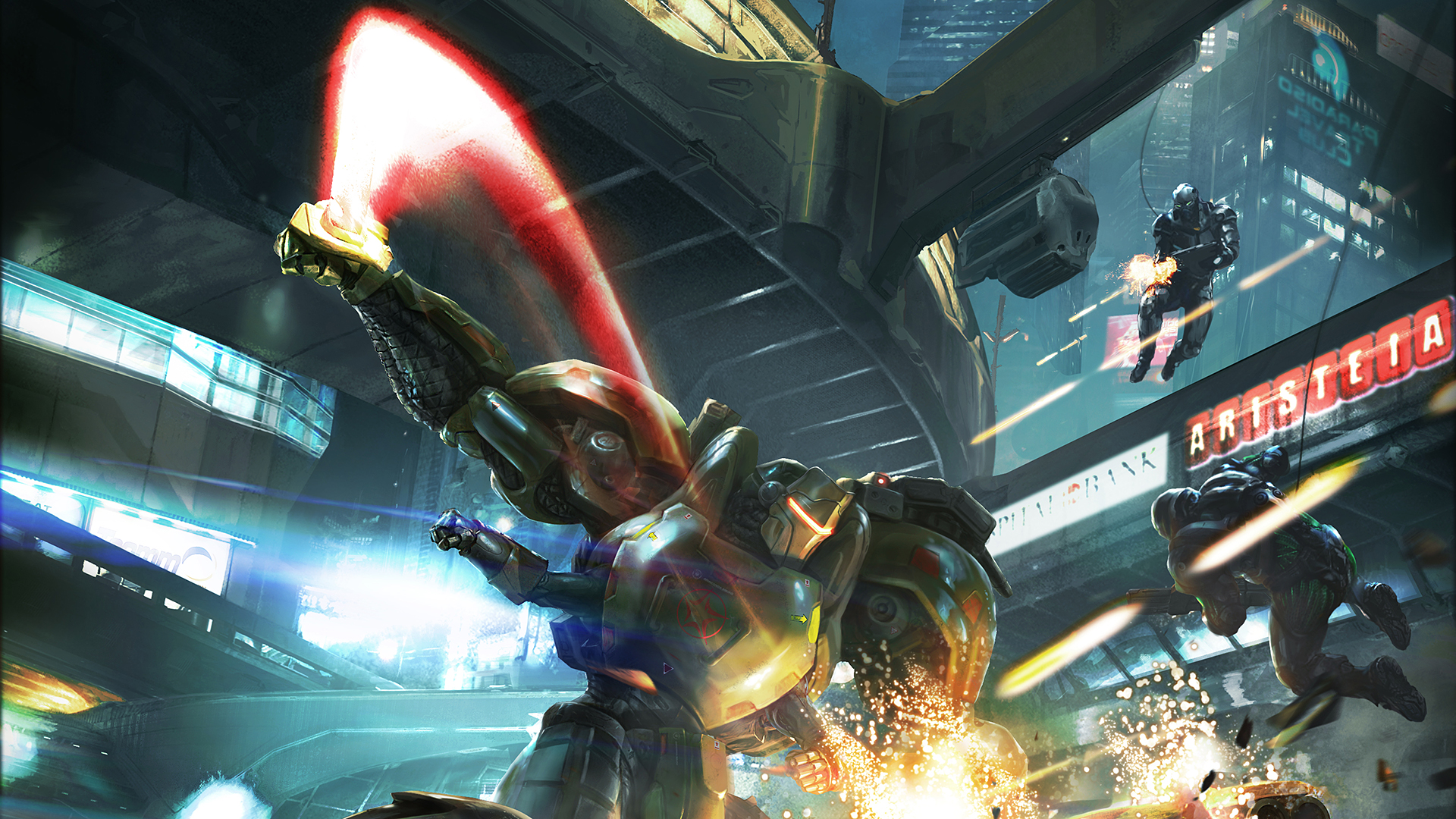Can't stop, won't stop. Not sure how to stop. Help?
***
Fight scenes. Our stories are full of them, our RPGs often feature them, and by this point, we've seen a whole lot of them. Fun fact: many of them are bad! Between odd pacing, an emphasis on spectacle over storytelling, and meaningless stakes, a lot of fight scenes can wind up as basically filler.
I mean, c'mon. We saw the trailers. We know the Hero doesn't die in the first 15 minutes of the film; there's no suspense here.
Which is exactly the problem.
This has been addressed in loving detail by the inimitable John Rodgers over on his blog - and anyone looking to write an action scene owes it to themselves to check that out - but the brief summary is actually pretty straightforward:
Don't write action scenes. Write suspense scenes that require action to resolve.Now, we can - and probably will! - go into that concept in much more depth here on the Blog of Doom, but for now, we're going to continue with our liberal theft from an unlikely source.
That's right, cats and kittens: more 'rasslers.
So, you've got some fight scenes coming up. Somebody has reached a point where civil conversation just won't cut it, and it's about to get real. So, what does that mean, exactly? In RPGs, too often the answer is that two sides are going to pound each other until people stop moving. In narrative media, too often the answer is not dissimilar. Acros media, there's a problem where some people we don't know, and don't care about, are attacking some people we do, ostensibly to kill them.
This is the most boring possible setup for a fight.
And you know what? Plenty of other factors can still make that interesting. But there's no stakes, no drama - no storytelling.
And a good fight is all about storytelling.
This is why we're here; because Pro Wrestlers are storytellers by trade. A straight-up competition between two sides, with a binary outcome? MMA, boxing, competitive fencing - these are the places to catch that kind of action. And it can be great, and entertaining, but it is fundamentally about competition, not storytelling.
So let's steal some storytelling techniques from the nice people in the garish costumes
Every fight scene has its own, internal, three-act structure
A simple point, but one we'll build on. A fight scene is dynamic, and involves a lot more than people clobbering each other. A basic fight structure1 might look like:
- Instigation of conflict, establishment of foes as evenly matched
- Villain uses underhanded means to gain advantage, leading to dire straits for the hero
- On their last legs, the hero digs deep, and finds a way to overcome the odds
Pretty simple, right? Still, there's movement and drama there. Storytelling, in fact. And that's what we're going for here.
Characters express their personality through their combat style
This might seem elementary, but it's so easy to miss. Beyond the obvious archetypes (big strong behemoth, small quick rogue, savvy patient archer), there's a wealth of opportunity in how a character fights, not just what they do.
A quick RPG-style example.
Ogre #3 attacks Paul's ninja - who succeeds at dodging. The GM nods. "He takes a huge swing at you, but you manage to get out of the way." Paul smiles. "Yeah, tuck and roll through his legs, and pop up on the other side of him, ready to go."
Okay, nothing wrong with that, and it's nice and brisk. But it doesn't really tell us that much about that particular Ogre. And that's fine, maybe that's not what we want right now2. But what if it is? Let's take another swing at that same situation
But what if we wanted to go even further? (Note: this assumes a lot of GM-Player trust, otherwise it could seem dickish. Writers, do what thou wilt.)
Ogre #3 attacks Paul's ninja - who succeeds at dodging. The GM nods. "Well, that's not going to hit. What do you do to evade?" Paul smiles. "I'm going to tuck and roll through his legs, and pop up on the other side of him." The GM laughs. "Yeah, ok, he raises his club up high, and you tumble through his legs. His club comes down hard - the impact actually shakes the ground under you as you tumble away, and pop up. The Ogre whips around, confused, and sees you already on your feet."
"I blow him a kiss."Ok, now we've got a bit more going on here - Paul's ninja is showing a cheeky personality, and the Ogre feels like more of a threat.
But what if we wanted to go even further? (Note: this assumes a lot of GM-Player trust, otherwise it could seem dickish. Writers, do what thou wilt.)
Ogre #3 attacks Paul's ninja - who succeeds at dodging. The GM nods. "Well, you're not taking any damage." He pauses for a second. "May I?" Paul nods his assent.
"Ok. The Ogre brings his club down like a bolt of thunder right at your head."
"Shit! I'm going to tuck and roll through his legs, coming out the other side."
The GM nods. "His club comes down hard, cracking the ground as you pop up on the other side, but he shoulder checks you before you can get a clean shot at his back, and sends you flying towards a tree."
"Well, I'm still a ninja. I rotate and plant on the tree, then spring back at him."
The GM smiles. "Nice! You dash back into range, and the big brute's stunned. He's deceptively fast, but you're a whisper on the wind. He blinks in disbelief."
"I blow him a kiss."Now, in most RPGs, you wouldn't have that kind of back-and-forth, or if you did, it would be 100% player description. But that scene is a lot more dynamic than two characters trading blows. It showcases the power of the ogre, the preternatural grace of the ninja, and tells us about this ongoing dynamic between the two.
And it didn't take many words to get there.
Now just imagine if you had a fight between two rivals, or a hero and their nemesis. That brings us to the next point.
Lay the damn pipe.
"Laying pipe3" is a screenwriter's aphorism; it basically refers to laying the narrative groundwork for later payoff. Exposition, clues to the audience. Ingredients for what comes later. Normally, this is something you want to keep quiet and off to the side, as unobtrusive as possible.
Another way to go about things is with foreshadowing; Chekhov's gun, and all that. The idea that if something is in the story, it's essential and important; if you say that a gun is on the mantle, it needs to be fired by the end of your tale.
 |
| This is Chekhov's Table. Get acquainted. |
Wrestling is actually pretty good with both of these.
People don't generally fight for no reason, or just to win - they develop rivalries, establish personalities and feuds, and they have signature elements.
Elements which their enemies love to subvert, it should be noted.
But specifically in the course of a fight, the pipe-laying doesn't stop - in fact, it's placed (literally) center stage. Maybe one character has an injury (in the storyline, not real life) - if so, you can expect their opponent to try to wear down that leg they're favoring, especially if they need it for their signature finishing moves. This introduces an element of suspense - can the Hero still pull this off? - as well as telling a more dynamic story.
Another classic is the introduction of props. In wrestling, that seems to be ladders and card tables, all of which follow Checkhov's law to the letter: if you see something set up, you can bet it has a role to play. The stranger the setup, the more likely it's going to prove pivotal. So characters set up props to deal game-changing damage to their foes, if everything goes according to plan.
Now, in RPGs - an inherently improvisational medium - you might think that this is a waste of time - who knows what's going to happen, right?
Well, yes, there's no guarantee that the character who sets up a trap gets to use it. RPGs are dynamic, and you can't count on things going according to plan. Spoiler alert: in a scripted story, this doesn't mean that things go according to the characters' plan anyway. People are probably hoist by their own petard as often as not - but before the scuffle's over, somebody is jumping off that ladder, or going through that table, possibly both.
C'mon, GMs. Tell me that your players wouldn't shove a villain into their own death trap.
Players. Tell me that you wouldn't love to shove a villain into their own death trap.
And if nothing happens, avoiding said trap is still a story element in itself, and adds to the spectacle of the whole thing. Speaking of...
It's not about Spectacle. But Spectacle can be awesome.
 |
| Big spots take a long time to set up, but can be incredibly memorable |
We've spent a lot of time talking about how a fight scene is more than just a bunch of cool scenes. But if you've told a compelling story, those cool scenes can have incredible impact when they do happen. Especially in RPGs where elements might not get used, that can actually increase their narrative performance. If one of the characters is constantly trying - and failing - to kick somebody out a window, their first successful defenestration isn't just a big spot, it becomes a character moment.
...then you're well on your way to some damn memorable fight scenes.
Thanks, wrestlers!
***
1 - It is, in fact, the structure of every Hulk Hogan or John Cena match in pretty much ever, to the point of being groan-worthy to some fans, likely due to overexposure. Doesn't mean you can't use it.
2 - More isn't always better! Groups can fall into the trap of trying to make everything a Big Meaningful Moment, and that can absolutely kill a game's pacing and flow. Sometimes, you just need to resolve things quickly; a brisk beat, then the action continues.
This is completely ok. Pacing. It matters.
3- So named because it's like the plumbing in a building - it keeps everything running smoothly, it's necessary, but I don't want to watch you installing it. The implication is to keep it as invisible as possible.
In conclusion
Look, the fight scene isn't going away any time soon. And not every fight needs to be a Big Dealtm that uses all of these techniques. But if you take time to- Create suspense scenes that require action to resolve
- Remember that a fight scene has its own internal 3-act structure
- Express characterization through combat style
- Lay pipe
- Don't rely on spectacle, but don't be afraid of it either
...then you're well on your way to some damn memorable fight scenes.
Thanks, wrestlers!
***
1 - It is, in fact, the structure of every Hulk Hogan or John Cena match in pretty much ever, to the point of being groan-worthy to some fans, likely due to overexposure. Doesn't mean you can't use it.
2 - More isn't always better! Groups can fall into the trap of trying to make everything a Big Meaningful Moment, and that can absolutely kill a game's pacing and flow. Sometimes, you just need to resolve things quickly; a brisk beat, then the action continues.
This is completely ok. Pacing. It matters.
3- So named because it's like the plumbing in a building - it keeps everything running smoothly, it's necessary, but I don't want to watch you installing it. The implication is to keep it as invisible as possible.








.jpg)